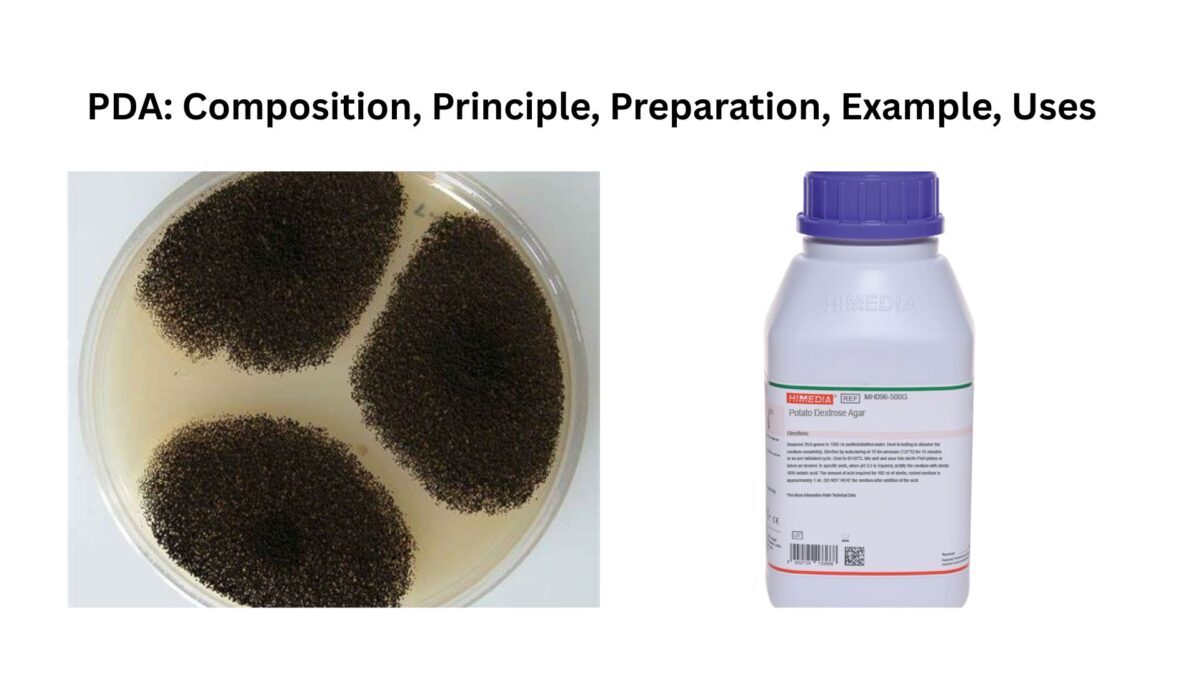CRISPR-Cas9 Gene editing tool
Creature or Creator?
A Crack in Creation: Gene Editing and the Unthinkable Power to Control Evolution

- Deoxyribonucleic acid (DNA), which contains the blueprint for constructing a living organism, has been the key to a major breakthrough in the 21 century. DNA can replicate itself, hold memory and heal itself, as well.
- It is inside that very same DNA that two women discovered a natural reaction that might hold the secret to Cancer treatment through embryo gene manipulation, hereditary disease irradiation and cure famine.
- It is those fundamental natural structure that lead to the discovery of reaction already happening in our day to day environment: CRISPR-Cas system.
What Is CRISPR? – Simplest and Most Precise Way to Manipulate DNA in Human History
- The CRISPR-Cas system was discovered by 2 pioneer woman, Emmanuelle Charpentier and Jennifer Doudna, in the immune system of a bacteria.
- When attacked by a bacteriophage, the natural defense mechanism encrypted in the bacteria’s DNA memory jumps into action, recording not only the infection, but its defense mechanism in case of future exposition. Thus naturally creating Clustered Regularly Interspaced Short Palindromic Repeats.
- This acquired immunity is then genetically passed on to every progeny through reproduction. Inside the DNA of a bacteria is where CRISPR-Cas system was then discovered .
- When the target DNA is found, Cas9 – one of the enzymes produced by the CRISPR system – binds to the DNA and cuts it, shutting the targeted gene off.
- Using modified versions of Cas9, researchers can activate gene expression instead of cutting the DNA. These techniques allow researchers to study the gene’s function.

Wait a minute, DNA has a memory ?
- As some of you may know, all living organisms on this planet contain a dna, in fact, we are only a few genetical sequencing away from being a wild bird or a plant.
- DNA codes for absolutely everything that makes us, from the color of our eyes, to the shape of our hearts and the exact cause of our deaths. DNA is in itself a whole living structure.
- It also has something I call “the acquired intelligence”. I gave it this name because DNA is able to hold a memory of absolutely everything.
- To keep the bacteria example, when this bacteria gets attacked by a bacteriophage, its DNA will record everything from its infection.
- All this information is stored in Clustered Regularly Interspaced Short Palindromic Repeats, which is where CRISPR-Cas system gets it’s name.
- It is the information stored inside the clusters that set in motion a set of event that forever changed not only science, but human history.
- Those clusters contain not only every information that the bacteria encountered during an attack, but it contained the information about its parent since acquired immunity is passed from one parent to the next.
- At a molecular biology level, the CRISPR-Cas system contains.

1-Hyper Acccurate Enzyme to cut DNA (Cas) with sgRNA

- 3-PAM Sequence
- 2-Protospacer to be inserted after Cas enzyme cut
- (preferencial matching)
- 4-Codon (start & stop Sequencing indicators)
- 5-Self healing properties after DNA strand break: Homology Directed Repairs, Non-homologous End Joining.
- 6-Adaptive Immune System
The applications of CRISPR-Cas system
- The field spectrum to which CRISPR-Cas system can be applied are forever evolving.
- At the moment the technology is widely used in bio-engineering, from the simple expression of phenotype to the most advanced cancer targeting in human genome there is in the 21st century.
- CRISPR can be used in the renewable energy and agriculture field as well.
- An example of its use would be the genetic engineering of a crop (ie: algae) destined to biofuel production. CRISPR can be used to modify both prokaryotic and eukaryotic cells.

The application of CRISPR to edit the genome:
- Genetic vs non genetic modification / embryonic cells
- Reprograming somatic cells
- Cancer treatment
- Hereditary disease
- Blood disease such as sick cell, hemophilia
- Infectious disease
- Famine (genetically engineered food for more nutriment, more abiotic/biotic resistance)
- Learn about natural microbiological process such as T cell cycle, infection pathways ie: malaria infection, Cancer receptor activation.
- HIPSC Increase compatibly due to hemocompatibility (the donor in CRISPR is the host therefore low rejection risk) Gene Drives.
The use of CRISPR-Cas9 for targeted genome editing tool
- Covering CRISPR gene drives, we learned about the ways CRISPR can tackle some humanitarian challenges such has the transmission of infectious disease. One way to tackle this challenge is by using gene drives to eradicate disease vectors. Of all the pathogens, viruses and parasites are the only ones who needs to invade a host in order to reproduce. This is why the eradication of viral disease through the eradication of their vectors is so important.
- Gene drive is highly efficient when tackling large scale situation such as malaria because its application is delivered through sexual reproduction. Meaning direct inoculation of one person at the time is not needed. Instead gene drive guarantees that a specific gene will be inherited.
- Gene drive is used to stabilize the frequency at which a desired gene is expressed. Example, with traditional gene editing, once released into the wild, when a mosquito mates it gives 50% of its own genetic code to the offspring. Meaning there’s a 50% chance that the engineered trait will not be pass on.
- In the wild, due to the large variant of gene pool, the engineered gene will eventually become instinct due to low expression rate. With CRISPR-Cas9 gene drive we can “force” a trait to be expressed or repressed in all of the organism’s progeny by making the engineered gene a dominant gene.
- CRISPR gene drive technology is used by coding for specific targeting of the genome sequence. Those targeted edit can alter the gene to express or repressed a desired trait and maintain its expression throughout all the generations. By keeping the malaria example, through gene drive, we would be able to release mosquitoes into the wild that contains the gene drive for sterile female mosquitoes. Through sexual reproduction, the gene would spread at an exponential rate that is stably expressed through all the future generation as long as they keep reproducing.
- Firstly, gene drive is activated when SgRNA (crRNA+tracrRNA) in the gene expression cassette recognizes the targeted DNA region of interest and directs the Cas nuclease (found in the same gene expression cassette) at the site for editing. Once properly identified and targeted the Cas nuclease cuts at the desired site which activates the repair mechanism.
- These cassettes can code for application such as the deletion or insertion of desired genes. (ex: genes that promotes malaria resistance to the host, genes that codes for specific sex drive such as, female sterilization). Once the repair mechanism is activated, it uses the engineered template in the gene expression cassette to repair itself. By binding to the previously cut region, the expression cassette creates a new sequence that expresses the desired trait.
- Once inserted the engineered gene drive is able to copy itself, thus “driving” a specific trait across all of the modified organism progenies.
The impacts of genetic mutations:
- Gene variation/ off target editing
- Accessibility and equity
- International laws & Bio-warfare
- When talking about CRISPR we have to remember that this versatile tool covers an immense spectrum of applications such as the medical field, agricultural field and the renewable energy field.
- Those fields all have their own respective multidimensional set of issues. This is why I would like to say that first and foremost, a single regulation applicable to every type of CRISPR organisms is not ethical.
- To make this tool ethically defensible, we need to all start with the same understanding that regulatory framework needs to be flexible enough to be able to follow the pace of innovation in a very diverse set of applications.
- In addition, it is important to understand the difference between the technology and it’s outcome. CRISPR-Cas 9 gene editing becomes unethical when the outcome is not tightly regulated and controlled.
- An example would be the release of genetically modified mosquitoes into the wild without the proper environmental studies and trials beforehand or the approval of local/international organizations such as FDA. In no way shape or form should this technology be rushed to a market.
- Any use of CRISPR for biowarfare is highly unethical as well. As mentioned in a Cambridge online article entitled “Anticipating Emerging-Biotechnology-Threats”
- Rules regarding possible biowarfare applications should be extremely clear and leave no place to interpretation. For public safety, those rules should be internationally applied and heavily sanctioned.
- It is my strong belief that one of the only ways to make CRISPR safe and therefore ethical, is through ongoing monitoring of unintended long-term effects.
- If we keep the same mosquito example, the use of gene drives to sterilize the females needs to be monitored on the long term because the sustained expression of Cas protein+sgRNA molecules can give rise to off-target mutations in future generations.
- This is why the development of fail-safe gene drives that corrects the genetic alterations should be mandatory. A case by case situation should be analyzed and given its own ongoing rules to not only protect the environment, but the whole human race and the integrity of it’s diverse genome.
- In conclusion, I believe CRISPR to be ethical only when equitable distribution is possible (accessible to all) with diverse stakeholders mandated with an adaptative system where an independent committee regulates the outcomes and not only the technology.
- Natural gene variations mixed with CRISPR-Cas9 needs to be taken into consideration for all organisms and their progenies by being highly studied and monitored with rules once released into the wild.
Reference and Sources
- https://drrajivdesaimd.com/2014/08/31/gene-therapy/
- https://manoxblog.com/2019/03/08/questions-and-answers-about-crispr/
- https://www.ourcommons.ca/DocumentViewer/en/37-1/house/sitting-138/hansard
- https://en.wikipedia.org/wiki/Scratch_%28programming_language%29
- https://ourworldindata.org/eradication-of-diseases
- https://www.newscientist.com/term/what-is-crispr/
Also read:
- Transposable Elements
- Tissue Transplantation Rejection
- Anti protozoan Drugs
- Biogeochemical Iron Cycle
- SARS: Evolution of a Virus
- AIDS: Acquired Immune Deficiency Syndrome
- Immunoglobulin: Introduction, Structure and function
- Vector: properties, types and characteristics
- How to Build a Microorganism?
- DNA replication in prokaryotes
- Microorganisms in Benthic Marine Environments
- Water as a Microbial Habitat
- Microorganisms in Freshwater Ecosystems
- Microorganisms in Benthic Marine Environments
- Difference between Prokaryotes and Eukaryotes
- Cyanobacteria: occurrence, morphology, structure, reproduction
- Overview of bioreactor or fermenters






